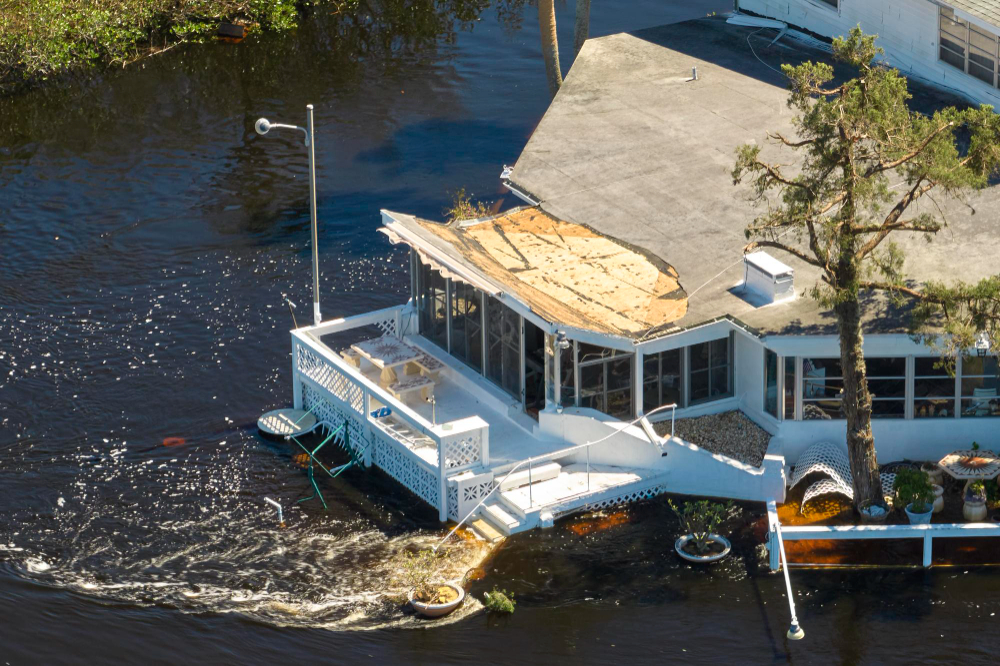 (888) 979-7969
(888) 979-7969
 (888) 979-7969
(888) 979-7969

When a catastrophic flood strikes, the aftermath can be overwhelming. Not only do you have to deal with the emotional and logistical challenges of the event, but you also have to face a labyrinth of insurance claims and paperwork. Here are essential tips for managing the aftermath of catastrophic flooding and maximizing your insurance claim.
The first and most crucial step in the insurance claim process is understanding your policy. Most homeowners’ and renters’ policies provide coverage for water damage from sudden and accidental events, such as burst pipes or an overflowing washing machine. However, they often exclude damage from flooding, including storm surges and overflowing rivers.
Flood insurance is a separate policy issued by the National Flood Insurance Program and a few private insurers. If you live in a high-risk area, this additional policy is essential. Some essential aspects to consider when reading your insurance policies include:
After safely returning to your home, document the damage as thoroughly as possible. This step is critical to substantiating your claim and includes the following:
With documentation in hand, it’s time to begin the claims process. Here’s what you’ll need to do:
If your vehicle was damaged in the flood, you’ll need to file a separate claim with your auto insurer. The process is similar to a home insurance claim:
Once your claim has been filed, your insurer will review it and provide a settlement for the damages covered under your policy. Generally, the process looks like this:
If you believe your insurance company’s adjuster has undervalued your claim, you may want to hire a public adjuster. Public adjusters work for policyholders and can provide a more accurate assessment of damages. They usually charge a percentage of your final settlement.
In some cases, you may find yourself struggling to settle a dispute with your insurance company. If negotiations have broken down, seeking legal advice may be your next step. An attorney with experience in insurance law can help you understand your rights and guide you through the dispute resolution process.
Throughout this process, remember that your health and safety are top priorities. Ensure that you and your loved ones are safe and that any necessary medical attention is sought. Once you’re secure, work through these steps systematically to manage the aftermath of the flood.
Navigating insurance claims after catastrophic flooding can be complex and time-consuming. However, understanding your policy, thoroughly documenting the damage, and knowing when to seek additional help can significantly increase your chances of a successful claim. If you're dealing with reconstruction in Orlando, FL, contact Ultra Property Damage today for a free consultation to get the help you need. It's a long road, but with the right information and support, your home can be rebuilt, and life can return to normal.